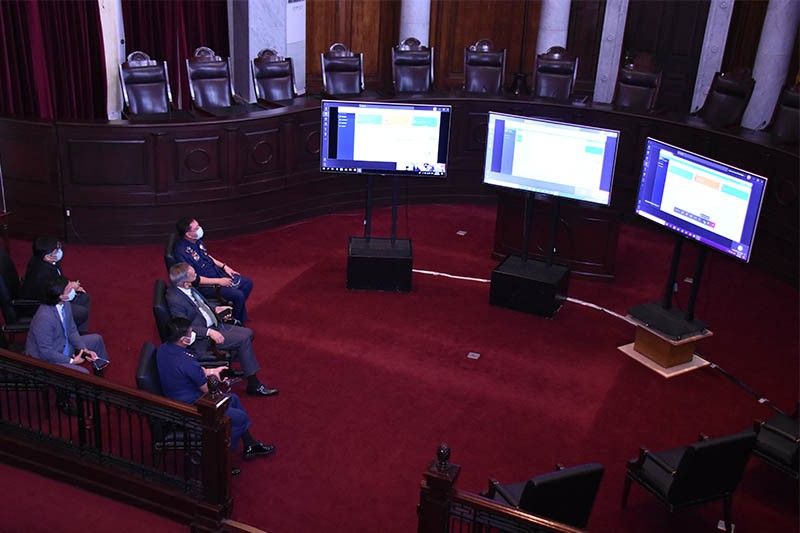SC, PNP roll out Enhanced e-Warrant system

MANILA, Philippines — The Supreme Court and Philippine National Police on Tuesday rolled out the Enhanced e-Warrant system that fully automates the issuance of arrest warrants across the country.
The SC Public Information Office said in a statement that the new system “aims to fully automate the issuance of arrest warrants” and would, in turn, speed up the service of law enforcement agencies.
The Enhanced e-Warrant System “is set to operate as an online database of warrants of arrest, providing real-time updates on the status of warrants and specific actions taken by law enforcement agencies,” the SC PIO added. This is also a timely response to the COVID-19 pandemic.
Newly-appointed police chief, General Camilo Cascolan, also attended the launch at the SC En Banc Session Hall. He said that the new e-Warrant system “will contribute in securing an ideal scale of effectiveness in crime solution.”
Full implementation by end of 2020
The Enhanced e-Warrant system aims to cover around 2,600 courts and 1,900 police stations across the country.
The SC, through the Office of the Court Administrator, the Philippine National Police Directorate for Investigation and Detective Management will first conduct online trainings for courts and police stations before the Enhanced e-Warrant System will be implemented in the region.
“Before the year ends, the full implementation of the Enhanced e-Warrant System is expected, after all courts and police stations have undergone online trainings,” the SC PIO said.
Process
After the court finds probable cause to issue a warrant, details will be encoded to and generated by the Enhanced e-Warrant system; data of which will be instantaneously transmitted to the police station that holds jurisdiction over the accused and where the complaint was filed.
Police would then have 1-0 days to provide feedback on whether they were able to serve e-Warrant or not, and the reasons therefore.
“This real-time feedback mechanism is viewable by all the courts nationwide. All courts can also access the system to determine whether an accused has pending cases in other courts, effectively eliminating the delay in the release of an accused who may have the same or similar names,” the SC PIO also said.
In June, 72-year-old jeepney driver Elmer Cordero had to stay behind in detention while four others who were arrested with him after it was found that Cordero or a person with the same name supposedly has a pending estafa case.
The SC said the first ever e-Warrant was issued also issued on the day of launch, from the sala of Hon. Maria Gracia Cadiz-Casaclang, Presiding Judge, Pasig City Regional Trial Court Branch 155 over a case of qualified theft. — Kristine Joy Patag
- Latest
- Trending





























